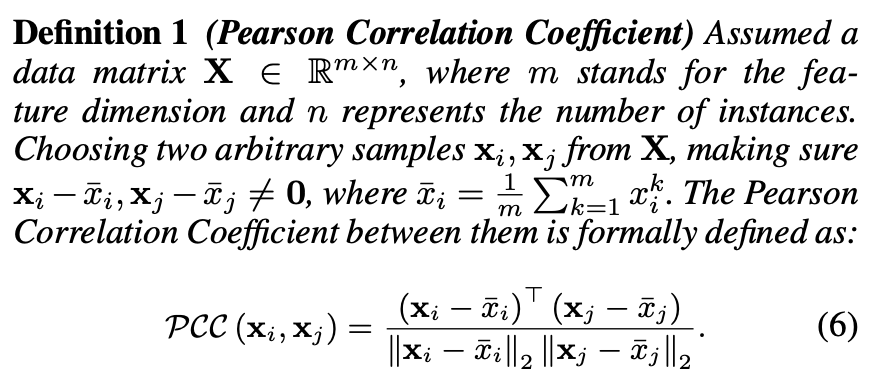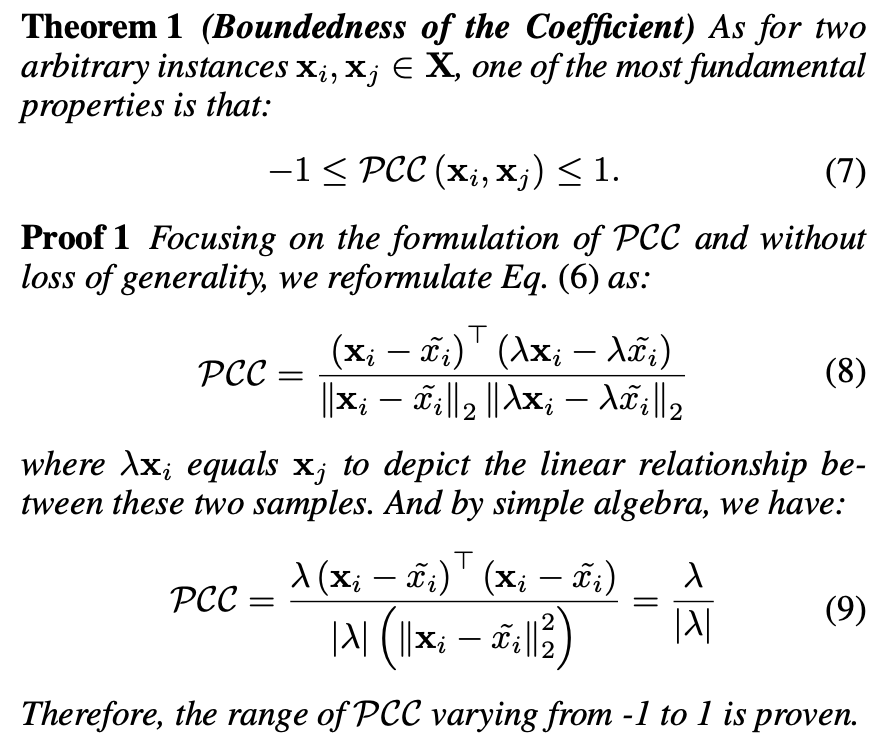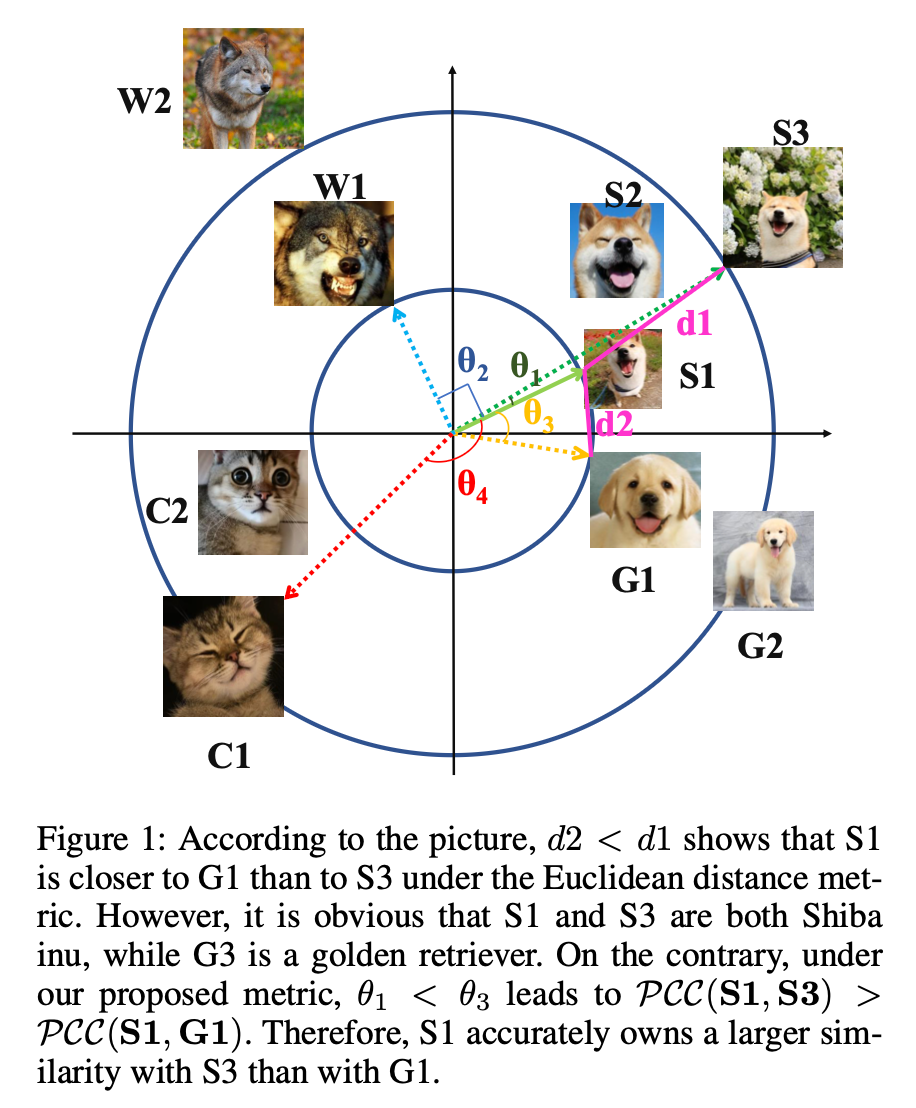📉 When Math Becomes Performance Art: The AAAI 2023 Pearson Circus
-
“Sometimes, a proof doesn’t prove — it just performs.”
If you thought all math proofs in top AI conferences were solid as a rock, think again. Let me introduce you to an unforgettable gem from AAAI 2023: the paper Metric Multi-View Graph Clustering by Yuze Tan et al., which boldly attempts to re-prove the well-known fact that the Pearson correlation coefficient lies within the range [-1, 1]. The result? A demonstration that would make high school math teachers faint and TikTok comedians proud.
 The Magical Disappearing Domain
The Magical Disappearing DomainFor the uninitiated: the Pearson correlation coefficient between two vectors is mathematically guaranteed to lie in [-1, 1], thanks to the Cauchy-Schwarz inequality. It’s standard textbook stuff.

But our AAAI adventurers were not content with dusty math truths. No, they had a mission: to prove it anew. And their chosen method? Assume that one vector is a linear transformation of another, and compute:

Voilà! They have “proven” that the correlation is either +1 or -1. 🪄
What happened to all the intermediate values in (-1, 1)? Apparently, they took a break.
 Wait... What?
Wait... What?This “proof” ends up asserting that Pearson correlation is always either -1 or 1 if there's a linear dependency, which is… not how range proofs work. It’s a bit like proving “all people are 6 feet tall” by only considering NBA players.
 Of Dogs and Diagrams
Of Dogs and DiagramsTo illustrate their “linearity-aware metric,” the authors even threw in a circle diagram showing dog breeds and angular distances.

It’s cute — and makes for a nice graphic — but it doesn’t fix the fact that the underlying proof logic is fundamentally broken.
🧠 A Lesson in Math (or Lack Thereof)
This approach confuses a special case (collinear vectors) with a general property. To properly prove boundedness, you need to show it holds across all vector pairs, not just cherry-picked ones.
It's like proving "all fruits are apples" by only looking at apples.
 How Did This Pass Peer Review?
How Did This Pass Peer Review?Even more incredibly, this section made it into TKDE, a leading journal. That’s like publishing fanfiction in Nature.
Possible reasons:
- Reviewers focused only on clustering results.
- Theorem was seen as filler, not substance.
- Reviewer: “Looks mathy.
 ”
”
 The Broader Problem with Peer Review
The Broader Problem with Peer ReviewThis paper highlights a systemic issue in AI peer review:
- Proofs are often unchecked.
- “Theorem + Corollary + Proof” is seen as a formality.
- Math becomes aesthetic, not analytic.
As one Zhihu commenter put it:
“导师说,要有 theorem,于是就有了。”
(“The advisor said the paper must have a theorem, so a theorem appeared.”)
🧩 Final Thoughts
To be fair, the paper still offers an actual clustering algorithm and decent empirical results. But the proof? It’s math theater. 🧵

Next time you see "Proof 1," brace yourself — you might be watching a circus act.
-
Lol, it's funny ... I have seen authors make the theory unnecessarily overloaded

